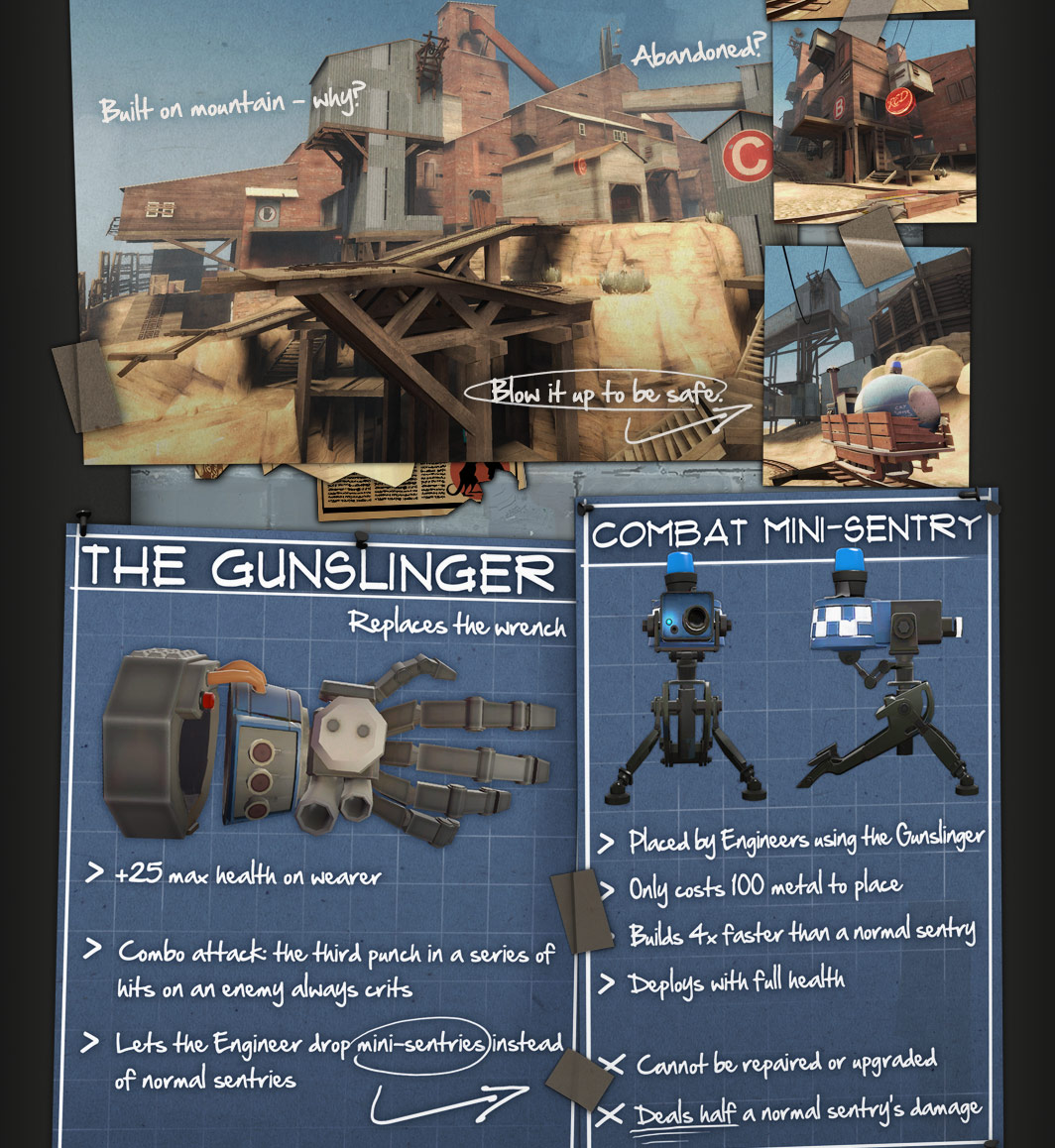Air units are a source of tremendous cognitive dissonance in RTS games. As a metaphor, air units usually seem awkward. They hover in the air infinitely or, if the developer wants to be "realistic", they fly to accomplish some objective and then run out of fuel and ammo and have to fly back and land again. The sorties usually do not see units going too far afield, which makes sense considering air units that would realistically go 100x the speed of ground units instead travel at barely double their speed (at most). In terms of game mechanics, seldom do air units make sense and offer balanced viable options for a player. Air units often are the most powerful units in the game (Battlecruisers and Carriers in Starcraft, bombers that can level base buildings in one run in RUSE) if they are allowed to be built on-map and are treated as units.
Land-based RTSes are generally based on map control. The map is critical to how the game unfolds. Where are resources? Where do players start? Where are the impassable boundaries the players have to work around? All of this is circumvented by air units. Air units generally do not exert map control unless they're implemented simply as ground units that ignore terrain. Ignoring terrain is, itself, an issue in games where much of the interesting strategic choice blossoms from terrain.
When given the viable option at the beginning of a match, a player should almost always choose air units before they begin to use ground units to cement map control. An air unit that is equally as effective as a ground unit at ground attack is significantly more valuable in that it can ignore terrain to harass the opponent from any angle. Since games have a sharp divide between units that can shoot air units and units that cannot, the early game units generally are putrid at air defense. If they were good at air defense, then air would never be a viable strategy because building basic units would hard-counter it.
Most standard RTSes circumvent this problem by requiring a bit of tech research before the player can buy air units, or by nerfing air units to the point where they are weak enough to not be much of a threat unless massed. Both approaches remove air from viability in the early-game. The best approach to air unit design allows air to be effective and viable throughout the entire game--or at least until the opponent builds counters.
Air units are too fast and too long-ranged to be presented effectively with similar mechanics to ground units in most RTSes. Unless the game is on a very broad scale--a scale which is very rarely attempted in RTSes--air units will not fit into the balance of the game. The speed of air units can cause then to be a must-have in the early game because they can project force much farther and much faster than any other unit and then run away from danger just as quickly. The advantages of going air may be too great for competitive palyers to pass them up, as they were in RUSE during open beta, which leads to the set of viable builds being constricted because the player needs to build air (or a significant amount of ground-based anti-air) first.
There are two ways to "fix" air units in land-based RTSes.
The easier but less satisfying way involves making all air units act as if they're nothing more than ground units that ignore terrain. These air units have to have speed comparable to land units, or perhaps be slower, to avoid obsoleting ground units.
The best way to solve this problem (at least that I've encountered) is to make all manifestations of air power into special abilities. "Off-map" air. Company of Heroes does this to great effect. The key is to not make on-map anti-air units required or common. Give otherwise-useful units the ability to shoot down planes if the planes take certain paths. For instance, the flak 88 in Company of Heroes is a powerful, long-range anti-tank gun primarily, but also acts as a supremely powerful anti-air gun that can shoot down a plane in one volley. As long as air use is relatively rare in the context of the game, making all air units off-map call-ins tremendously increases the seeming realism and fun of air units while doing nothing to damage the metagame.




